Technologies
CRISPR/Cas System
The company uses CRISPR/Cas as its genomic editing method, representing the latest frontier in genetic modification with numerous applications across various fields, including agriculture. This system enables the precise ‘rewriting’ of DNA sequences, producing mutations that are indistinguishable from those occurring naturally and generating the biodiversity we recognize, but in a rapid and controlled manner rather than by chance.
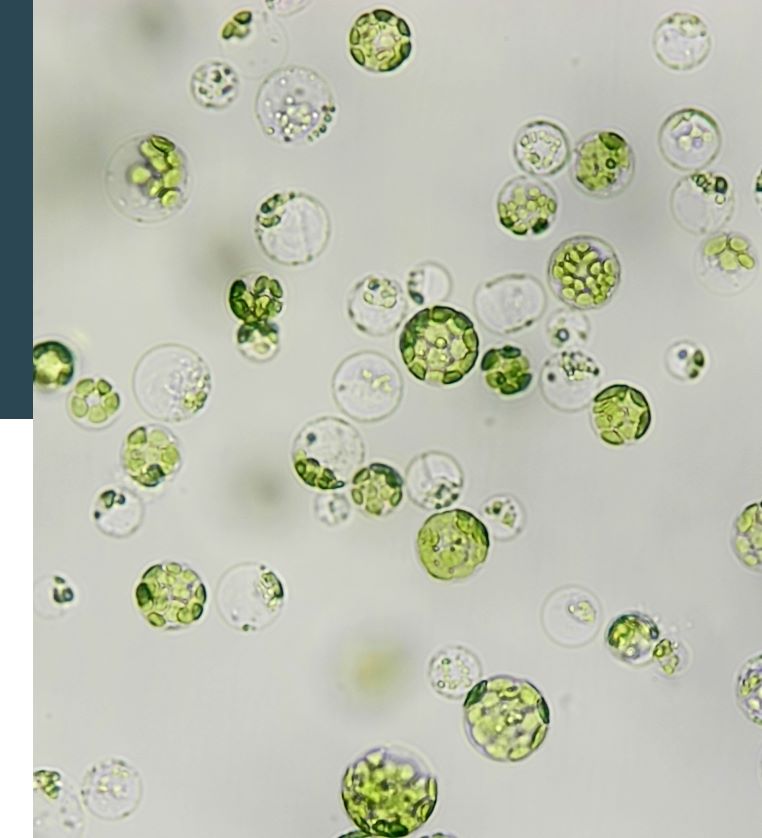
This technology uses an enzyme, typically Cas9 nuclease, which precisely cuts the ‘target DNA’ at a specific site, guided by a complementary RNA molecule to the DNA sequence being modified.
At the cutting site, targeted mutations are generated through natural DNA repair mechanisms, altering the genetic information without the introduction of foreign DNA.
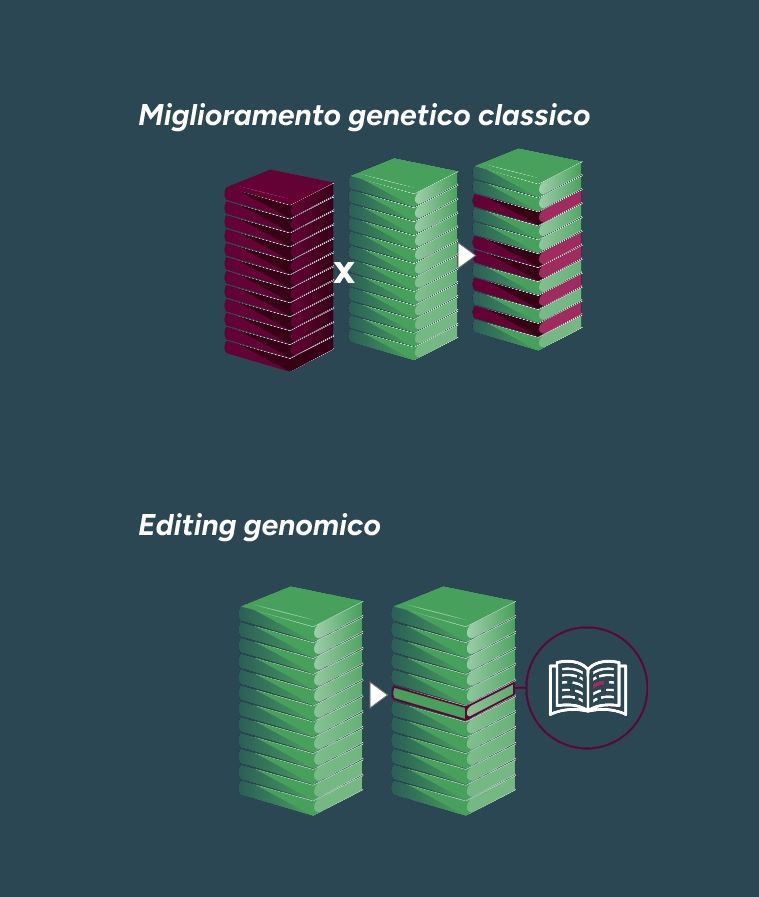
Isolation of Protoplasts and Plant Regeneration
The company has developed the knowledge and technology to isolate single grapevines cells without walls (protoplasts) from embryogenic calli and regenerate whole plants from these cells.
Regeneration of plants from embryogenic callus‐derived protoplasts of Garganega and Sangiovese grapevine (Vitis vinifera L.) cultivars
The main stages of regenerating a plant from a protoplast
The main stages of regenerating a plant from a protoplast

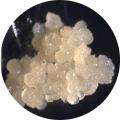
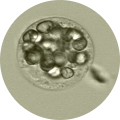
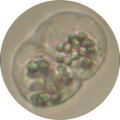
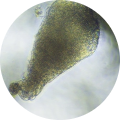
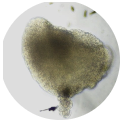
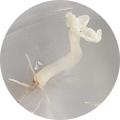
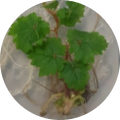
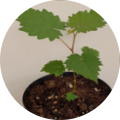

Grapevine Embryogenic Callus
Protoplasts
First Cell Division
Globular Stage
Heart Stage
Germinated Embryo
In Vitro Regenerated Plant
In Vivo Regenerated Plant
The main stages of regenerating a plant from a protoplast
DNA-Free Genomic Editing on Protoplasts
Our company applies the CRISPR/Cas9 system to grapevine protoplasts of different cultivars to obtain targeted and highly effective genetic modifications. From these cells, the whole edited plant is regenerated using specific protocols for each variety.
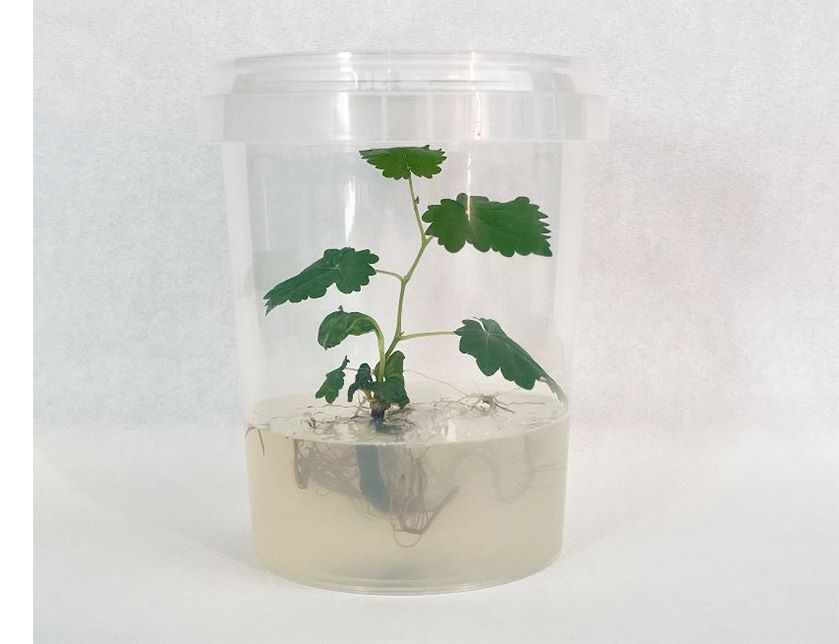
DNA-free genome editing in grapevine using CRISPR/Cas9 ribonucleoprotein complexes followed by protoplast regeneration
PATENT
Transfection of protoplasts from grapevine plants with the Cas9/gRNA complex and regeneration of relative edited grapevine plant

Production of grapevine fruiting cuttings
The large size of field-grown grapevines and the fact that they produce fruit only once a year limit phenological and functional analyses in vines.
To overcome this issue, the company uses fruiting cuttings, which can be easily cultivated under controlled conditions, allowing for the growth of plants and production of flowers and berries regardless of the season.
Want to know more or didn’t find what you were looking for?